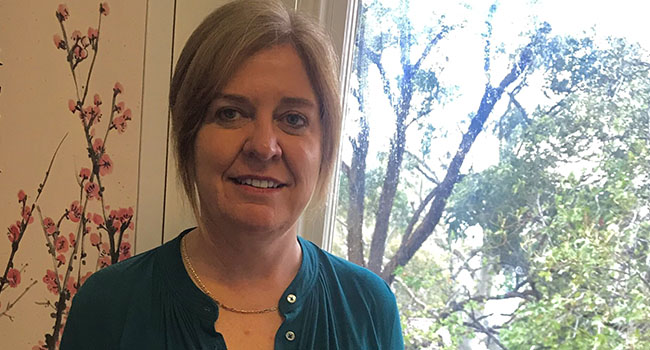September 24, 2018
Mercy Day
Editor: One in five people lives with chronic pain, that is, pain that can’t be cured. This figure rises to one in four people over the age of 65. Chronic pain is both a complex health issue, in part because it's invisible, and a costly one—socially and economically— for our society. In 2012, the cost to the Australian economy exceeded $55 billion. Yet, despite its prevalence and its economic impact, chronic pain management is one of the most neglected aspects of health care. “Our failure to adequately address chronic pain is a major driver of its economic and social cost,” says Rebecca McCabe rsm.

Sr Rebecca is no stranger to pain. Ranked in the top ten swimmers in the world as a teenager, her promising swimming career, with the opportunity to represent Australia in the Olympics in 1984 ended as a result of injury. While training to become a physiotherapist she became intrigued by the area of persistent pain and suffering. "I began asking myself - what contribution could I make to this 'hidden epidemic' in our society?"...
Further Resources:
Article:
Spiritual and existential factors predict pain relief in a pain management program with a meaning-based component (8pps, PDF)
Books:
The Pain Book: Finding hope when it hurts by Philip Siddall, Rebecca McCabe, Robin M. Murray. Kindle and paperback editions.
Order from Amazon
The Spinal Cord Injury Pain Book by Philip Siddall, Rebecca McCabe, Robin M. Murray. Kindle edition.
Order from Amazon
Messages to: Rebecca McCabe rsm (Parramatta Congregation)
Image: Rebecca McCabe rsm. Supplied